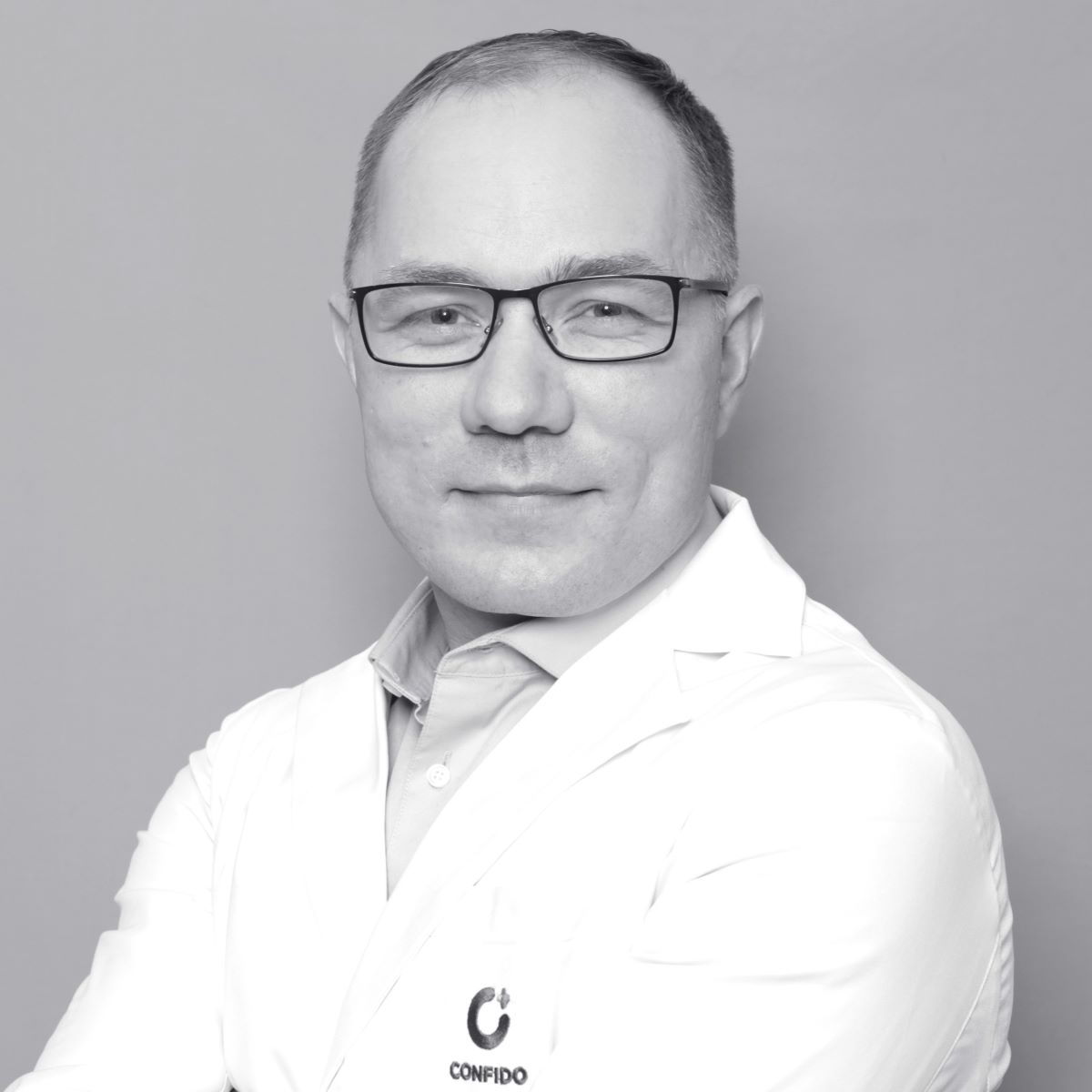- Consultations 1
-
Operations and procedures 22
- Circumcision or circumcision surgery
- Cystoscopy
- Endoscopic bladder stone breaking
- Endoscopic bladder tumor removal (TURB)
- Endoscopic incision of the bladder neck (TUIP)
- Endoscopic partial removal of the prostate (TURP)
- Endoscopic urethral stricture surgery
- Epididymal or testicular appendage cyst removal
- Hydrocele surgery or surgery for fluid-filled testicles
- Orchiectomy
- Orchiepididymectomy
- Penile plastic surgery
- Prostate biopsy under ultrasound
- Prostate specific antigen (PSA) test
- Rectal ultrasound
- Removal of kidney stones (ureterorenoscopy surgery)
- Removal of scrotal sebaceous cyst or other skin lesion
- Surgical treatment of foreskin crack
- Testicular biopsy
- Testicular prosthesis implantation surgery
- Urethral fixation in case of urinary incontinence
- Vasectomy
Endoscopic partial removal of the prostate (TURP)
Look for appointment timesThe prostate gland, or prostate, is located behind the pubic bone, directly below the urinary bladder and on the perineum, surrounding the beginning of the urethra as two hemispheres. The normal prostate gland of an adult weighs about 20 grams; with age, the size and mass of the prostate generally increases. The prostate consists of smooth muscle and glandular tissue and its function is to produce a slimy secretion, which forms a protective environment for the seminal fluid after ejaculation. As we get older, the prostate gland enlarges. Not only does it grow larger, but it also grows inwards, which can put pressure on the urethra and reduce the flow of urine. Therefore, you are likely to experience some of the following symptoms:
• frequent urination
• nocturia – going to the toilet several times during the night
• feeling that the bladder does not empty completely
TURP, or transurethral resection of the prostate, is one of the most common minimally invasive surgical treatments, where a resectoscope, a special instrument with a camera, is introduced through the urethra into the prostate region, with the help of which the part of the enlarged prostate tissue that prevents urination is removed.
TURP does not make you any less masculine. You can resume your sex life six weeks after the operation. One important side effect of the surgery is retrograde ejaculation. Since the passage has been enlarged, the sperm no longer flows out of the body. Instead of this, the sperm drains into the bladder and comes out when you urinate – this means that you will not be able to have children after the operation.
The operation can be performed under regional anaesthesia or general anaesthesia.
We provide this service
Price
Urologist consultation with a nurse
Endoscopic partial removal of the prostate (TURP)
We have several payment options. Read more HERE.
BOOKING
Endoscopic partial removal of the prostate (TURP)







